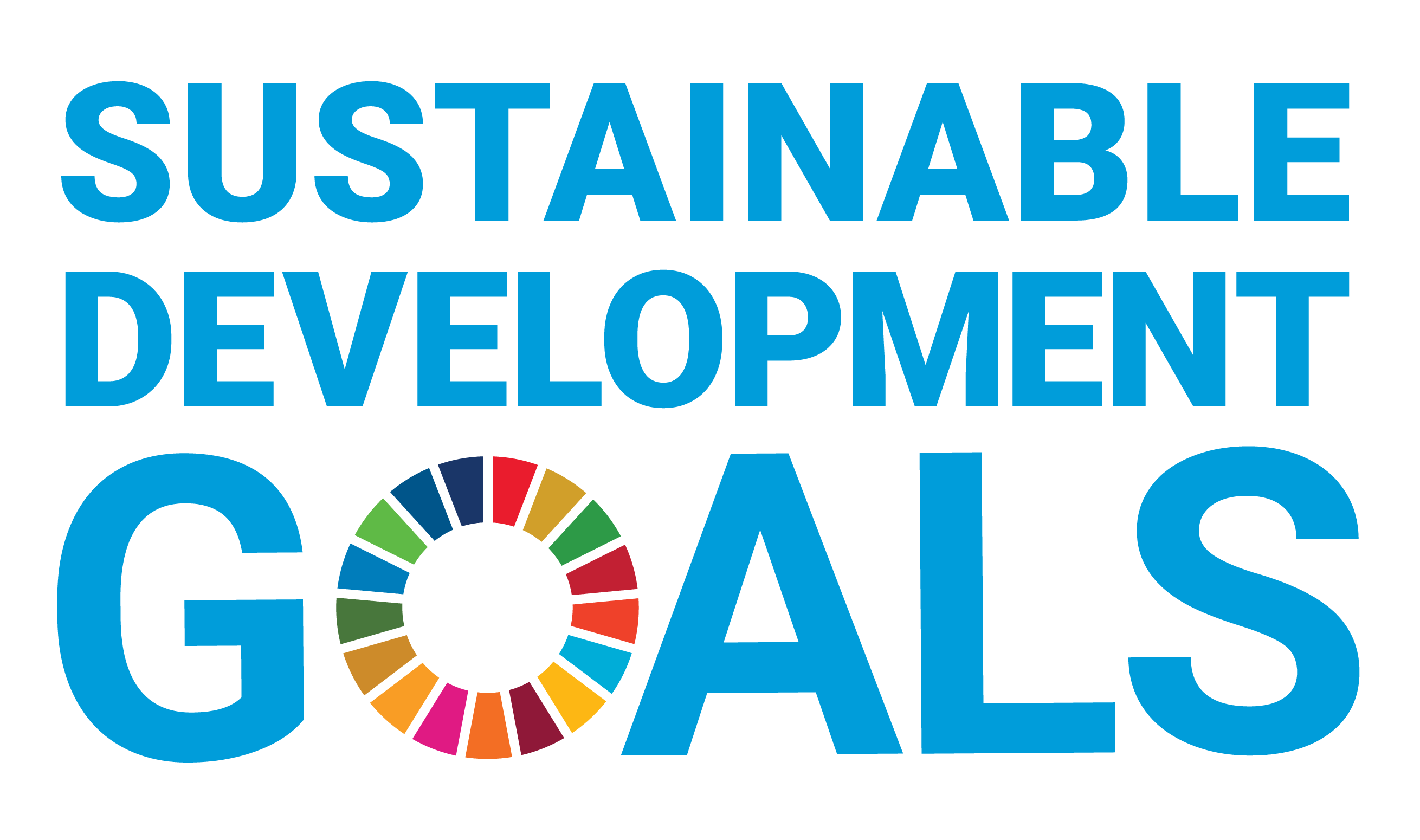Seagrass Biomass and Sediment Carbon in Conserved and Disturbed Seascape
Document Type
Article
Publication Date
10-28-2021
Abstract
Despite the Philippines having one of the widest extents and most diverse seagrasses, there are limited reports on the contribution of seagrass vegetation health to organic carbon (OC). Comparative assessments of OC between conserved and disturbed seagrass meadows in a seascape are also lacking. Conservation programs (e.g., marine protected area [MPA]) contribute to the maintenance of ecosystem health and OC storage in seagrass. However, disturbances may negate the effects of MPAs. Disturbances are often due to coastal development pressures linked to the need for industry, food production, and human settlement. Here, we assessed and compared the aboveground biomass (AGB), belowground biomass (BGB), and OC between conserved and disturbed seagrass meadows, then, tested its correlation with vegetation and water quality variables. The study was conducted in Oyon Bay (northwest Philippines), one of the key seascape MPAs in the Philippines. The bay experienced disturbances from a coal power plant, aquaculture, and human settlements for approximately 30 years. Results showed 7× higher AGB, 11× higher BGB, and 1.7× higher OC in conserved sites. The low biomass and OC values in the disturbed sites were correlated to poor vegetation and water quality conditions (particularly high turbidity [ρ = 0.38], high phosphates [ρ = −0.19], and low dissolved oxygen [ρ = −0.31]). Our study showed the effectiveness of MPAs in maintaining ecosystem health and OC in seagrass, but the magnitude of disturbances lessened the benefits from MPAs. Our results have implications on the over- or under-estimation of carbon sequestration not just in Philippine seagrasses but also in most Southeast Asian countries facing similar coastal development pressures.
Recommended Citation
Reyes, A. G. B., Vergara, Ma. C. S., Blanco, A. C., & Salmo, S. G. (2021). Seagrass biomass and sediment carbon in conserved and disturbed seascape. Ecological Research, 37(1), 67–79. https://doi.org/10.1111/1440-1703.12272



